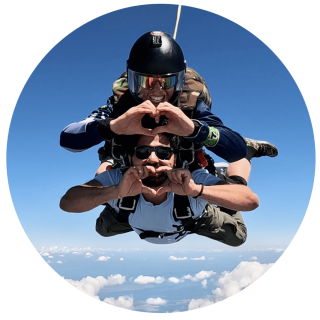What You See in the Movies Isn’t Quite Accurate
DZ News
Posted by: Parachute Ottawa
2 years ago
Everyone knows you can’t trust everything you see on the internet. Or on TV. Or in the movies. And this old adage applies to skydiving scenes as well. Movies and television love to exaggerate the action of skydiving. What’s more, special effects are better than ever – but that doesn’t mean skydiving scenes have become any more accurate. In fact, sometimes skydiving in the movies is less realistic the more CGI they use!
Skydiving is done by real human beings within the confines of real-world physics – it’s crazy-amazing in real life! Let’s dive in and find out all the ways movies make skydiving seem like something only a superhero could do. (Spoiler alert: it’s not. You can do it, too – for real!)
Unrealistic Freefall
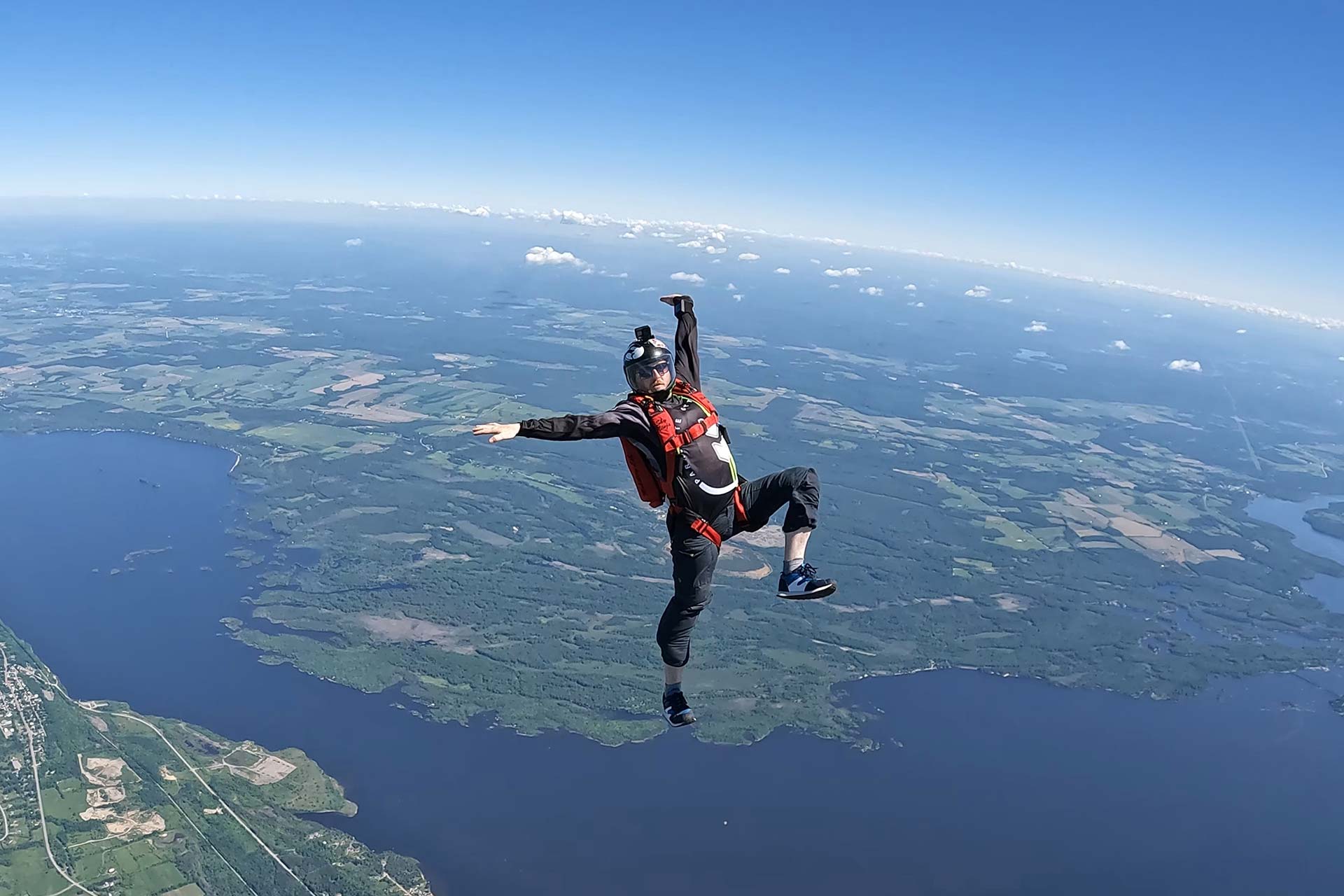
Ahh, freefall. That shot of adrenaline that keeps skydivers coming back time and time again to taste the sweet, sweet freedom of human flight. It’s the intoxicating speed that we’re all after – falling at 120 mph (200+ km/h) from two miles up – but it’s that same speed that makes it far too short in real life and for the directors to do much with. We all wish freefall could last forever …
Freefall in films sometimes lasts longer than an entire jump in the real world, time under parachute included! Real freefall lasts between 20 and 60 seconds, depending on the altitude you jump from – but you need more time than that if you’re going to make it eventful! Mid-sky martial arts … 120 mph yelling matches … death-defying rescues … sometimes all on the same jump?! Pshh. Not happening …
One of the most common misrepresentations in film is the ability to have conversations in freefall. As cool as it sounds, it’s just not possible. Next time you’re driving in the car, stick your head out the window. Can’t hear very much besides the wind, can you? Now double the windspeed! Not so conducive to conversation, eh? We skydivers tend to save our comments until you’re safe on the ground.
Mid Air Rescues
Heroes are always doing something superhuman – that’s what makes them heroes, right? Whether it’s driving a flaming race car off of a cliff just to catch up with the bad guys, or diving out of an airplane to save someone without a parachute from their demise, there’s a reason these things only happen in the movies. They’re not possible!!
Sure, it’s totally reasonable to catch up to someone in freefall. It’s even easy to grab onto them. But the hanging on through deployment and landing part is where things get a little unbelievable.
First of all, the force exerted during parachute deployment is more than any average grip strength could withstand. Going from 120 mph to 20 mph in a matter of seconds is exactly as extreme as it sounds.
It would also be almost impossible for the “passenger” to hang on for the entire parachute ride. Imagine doing a pull up for five minutes straight. Now imagine doing it on strips of fabric that aren’t made for holding onto. That’s what it would be like to try and ride-along on someone else’s parachute.
For the people in the back shouting, “What about a Mr. Bill?” Yes. There is a jump sequence where one skydiver hangs onto another skydiver while the parachute deploys – a Mr. Bill – but this is strategically done before the skydivers reach terminal velocity, both people are wearing a parachute, and it certainly doesn’t include any spinning out of control or fighting for their life.
We say, if you want to share a parachute, do a tandem!
Sticking the Landing
Landing a parachute actually takes quite a bit of practice. While beginner’s luck is possible, it’s highly unlikely that anyone would be able to land exactly on target the very first time they make a solo skydive. Heck, it’s even uncommon to land exactly on target after 100 solo jumps! That kind of accuracy takes very deliberate practice and knowledge.
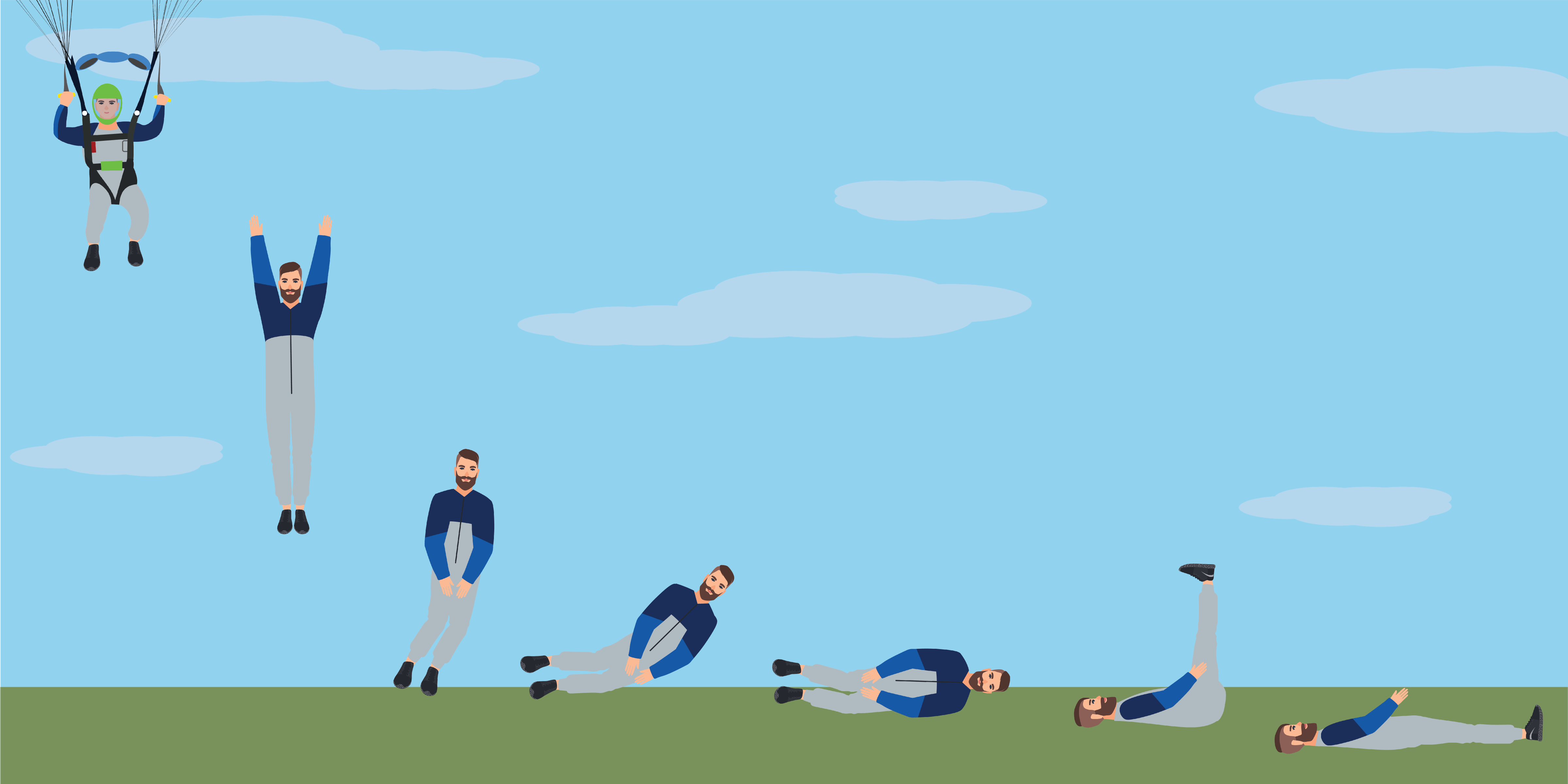
Even standing up a landing when you’re first starting out jumping isn’t all that common. One of the more important skills that PFF students learn is called a PLF, or a Parachute Landing Fall. The PLF is a way to roll out of a hard or off-balance landing without getting hurt. Students learn this because executing a perfect stand-up landing while learning to skydive just isn’t all that plausible.
So all of those smooth, effortless, super cool landings in the movies are just another example of Hollywood magic.
The Gear
Details on skydiving gear in movies are often overlooked because the general audience doesn’t know what skydiving equipment is supposed to look like. It’s an easy way for production to save time and money without impacting the experience of *most* movie-goers. But the skydivers in the audience know. Oh boy do we know …
Before the skydiving scene even leaves the plane, you can bet every jumper watching the movie is doing a virtual gear check on every person wearing a parachute on screen. Here are some common equipment mistakes found in our favorite jump flicks:
- No harness straps.
Whether it’s the chest strap, the leg straps, or both, those silver-screen rigs aren’t going to be holding anyone in. Film-makers often opt for form over function and cut out parts of the harness that don’t jive with the rest of the character’s costume. Even if that means the character wouldn’t actually stay in the parachute through deployment!!
- Cables sticking out of random places.
Sure, there are a few cables that serve important functions in a skydiving rig. But those cables are actually incorporated into a system, not just wiggling around next to the jumper’s face. If the cutaway cable isn’t connected to anything, how is it supposed to work?? - Missing parts.
Besides excluding crucial straps, costume designers will often omit parts of the skydiving rig that they feel take away from the overall visual of the character or scene. Sometimes it’s even the deployment handles! Talk about a useless piece of equipment!
Rest assured that skydiving gear in the real world is a lot more functional than the ones you see on screen!
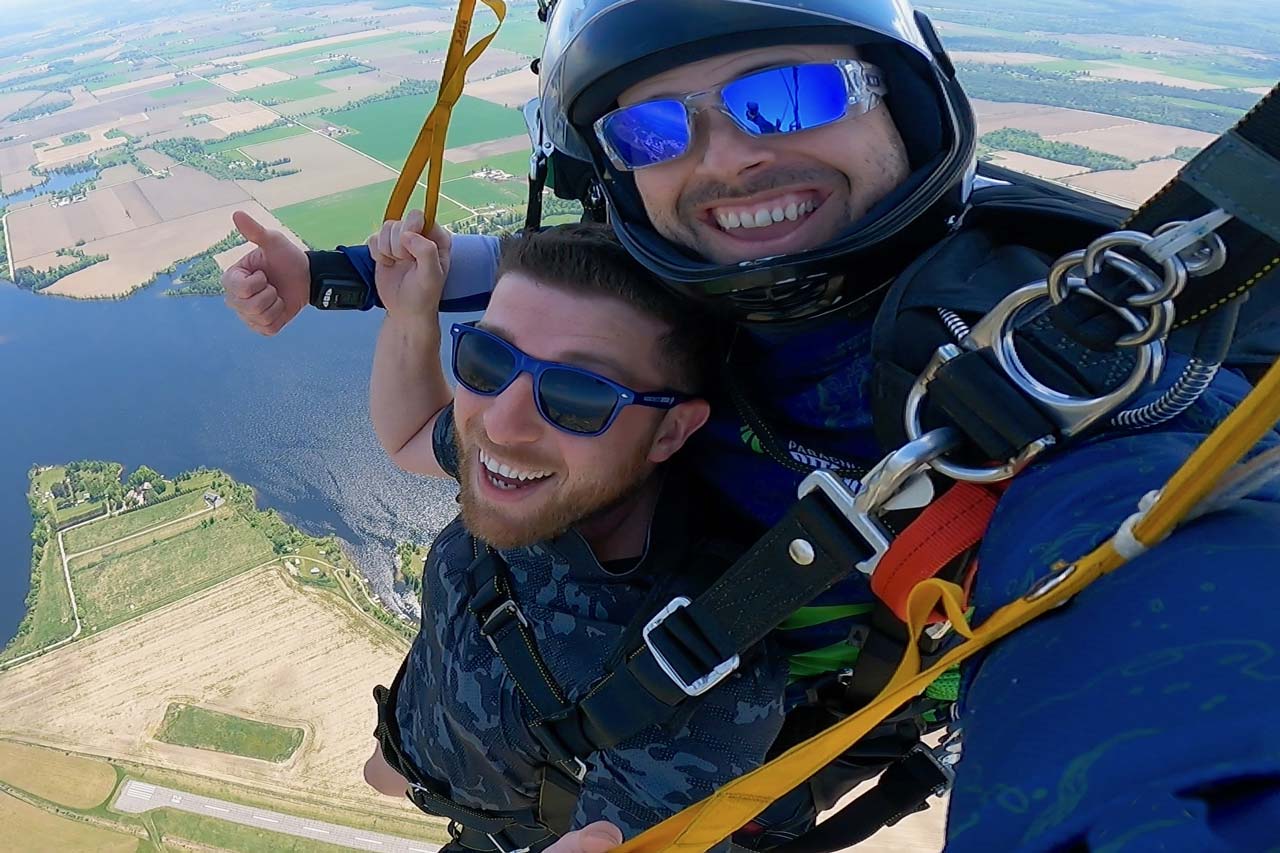
What’s better than the movies? The real thing! Come learn all about what it actually takes to fly through the air at 120 mph! Blue skies!
Categories:
You May Be Interested In:
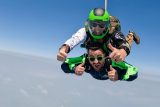
Skydiving Age Limit: How Old Do You Have to Be to Go Skydiving?
3 weeks ago by Thu Thi
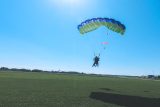
How Do Skydivers Know Where to Land?
2 months ago by Parachute Ottawa
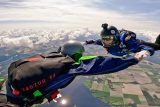
Understanding the Skydiving Student Program Pathway
2 months ago by Parachute Ottawa
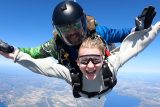
Skydiving Anxiety and How You Can Prepare
4 months ago by Parachute Ottawa
